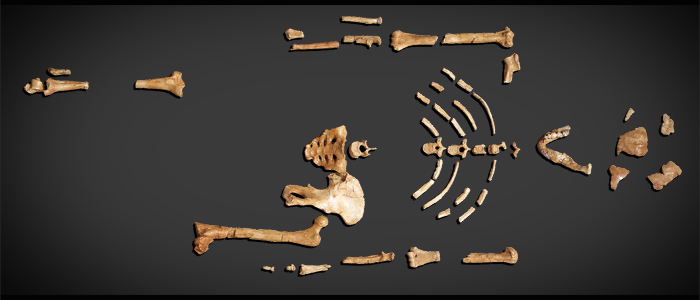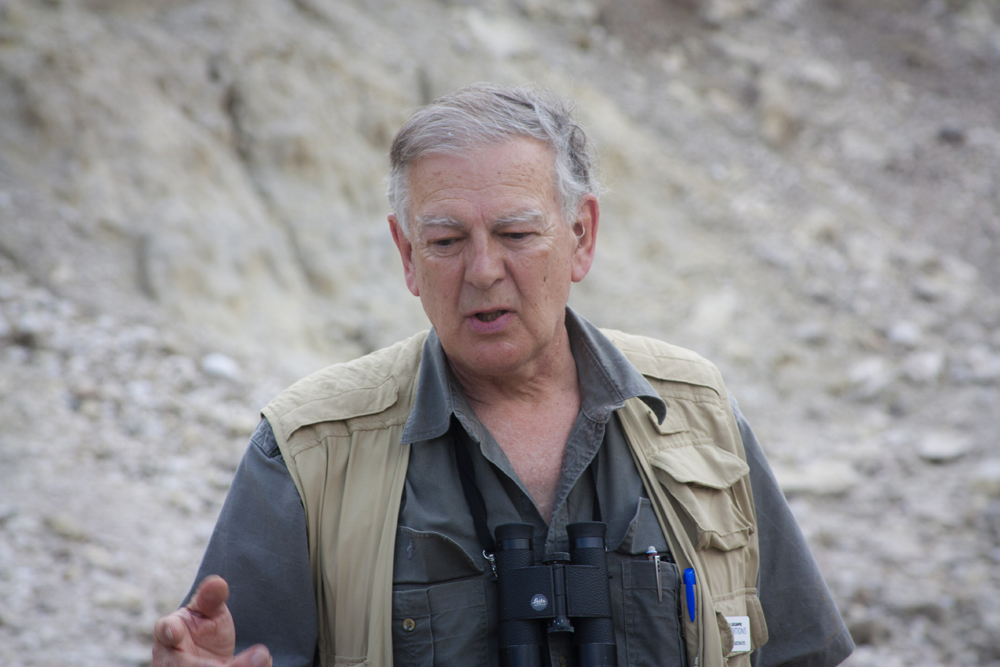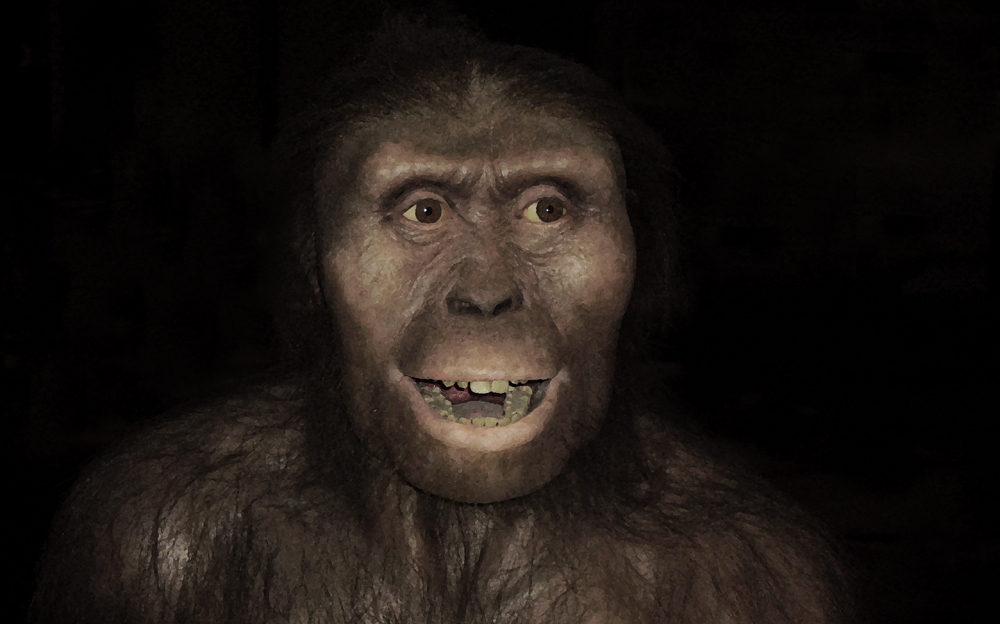


An online article by Deborah Netburn in the Los Angeles Times - Discoverer of Lucy skeleton hopes to find what made us human - celebrates the 40th anniversary this month of the discovery of Lucy, the partial skeleton of an ape-like creature that walked upright 3.5 million years ago. The 1974 find would forever change humanity's understanding of where our species came from and how Homo sapiens evolved.

'Donald Johanson is the paleoanthropologist who found Lucy's remains in the Hadar area of central Ethiopia. He and his colleagues named the fossil after the Beatles song 'Lucy in the Sky With Diamonds' which played repeatedly the night he made the discovery.' Johanson serves as the founding director of the Institute of Human Origins at Arizona State University.

In terms of human evolution, the importance of Lucy can not be understated; in the early 1970s archaeologists and anthropologists argued that whilst the primitive origins were in Africa, it was Europe where we became 'human'. But Lucy proved that we obtained our human features in Africa - infact, Eastern Africa, in the Afar region of Ethiopia. Moreover, she proved that bipedal upright walking went back as far 3.5 million years, the proof being her pelvis. Lucy's pelvis contrasted heavily with the pelvis of a four-legged animal like a chimp. A four-legged animal has a high narrow pelvis with the hip bones facing forward. The human pelvis is squat and wide with the hip bones forming a bowl.
Lucy represented an evolutionary bridge, with her relatively short legs and long arms, an anatomy of arboreal species. But walking upright had the advantage of freeing the forelimbs from locomotor needs, and instead to be used for carrying.
But understanding human origins remains complex - there is no straight and continuous line, making it difficult to identify the evolutionary foundations of modern humans. 'The features that distinguish us from all other animals are symbolic language, our cooperation, and a culture that allows us to make cumulative developments that no single individual could make alone.'

So where did our particular genus - the genus Homo - come from? Lucy's species, as a bridge, was Australopithecus afarensis, which archaeologists believe died out about 3 million years ago. The oldest Homo evidence is from 2.3 million years ago. That means the emergence of the 'human' genus happened between 2.3 and 3 million years ago.
And it is in the geology dated to this period of time in the Afar region of Ethiopia, as well as other regions of eastern Africa, where current excavations are being carried out, to relate Australopithecus with Homo. Moreover, as the scientific research and analysis has become more intensive and introspective, the fossils are revealing actual life histories.
Read more about Lucy in our Origins section:
http://www.bradshawfoundation.com/origins/australopithecus_afarensis.php
Comment
by Bradshaw Foundation
Tuesday 21 March 2023
by Bradshaw Foundation
Tuesday 07 February 2023
by Bradshaw Foundation
Thursday 19 May 2022
by Bradshaw Foundation
Tuesday 19 October 2021
by Bradshaw Foundation
Friday 25 June 2021
by Bradshaw Foundation
Monday 09 November 2020
by Bradshaw Foundation
Tuesday 03 November 2020
by Bradshaw Foundation
Wednesday 28 October 2020
by Bradshaw Foundation
Tuesday 23 June 2020
by Bradshaw Foundation
Thursday 04 June 2020
by Bradshaw Foundation
Thursday 14 May 2020
by Bradshaw Foundation
Tuesday 12 May 2020
by Bradshaw Foundation
Wednesday 19 February 2020
by Bradshaw Foundation
Tuesday 21 January 2020
by Bradshaw Foundation
Monday 20 January 2020
by Bradshaw Foundation
Thursday 28 November 2019
by Bradshaw Foundation
Tuesday 21 March 2023
by Bradshaw Foundation
Tuesday 07 February 2023
by Bradshaw Foundation
Thursday 19 May 2022
by Bradshaw Foundation
Tuesday 19 October 2021
by Bradshaw Foundation
Friday 25 June 2021
by Bradshaw Foundation
Monday 09 November 2020
by Bradshaw Foundation
Tuesday 03 November 2020
by Bradshaw Foundation
Wednesday 28 October 2020
by Bradshaw Foundation
Tuesday 23 June 2020
by Bradshaw Foundation
Thursday 04 June 2020
by Bradshaw Foundation
Thursday 14 May 2020
by Bradshaw Foundation
Tuesday 12 May 2020
by Bradshaw Foundation
Wednesday 19 February 2020
by Bradshaw Foundation
Tuesday 21 January 2020
by Bradshaw Foundation
Monday 20 January 2020
by Bradshaw Foundation
Thursday 28 November 2019
Friend of the Foundation











